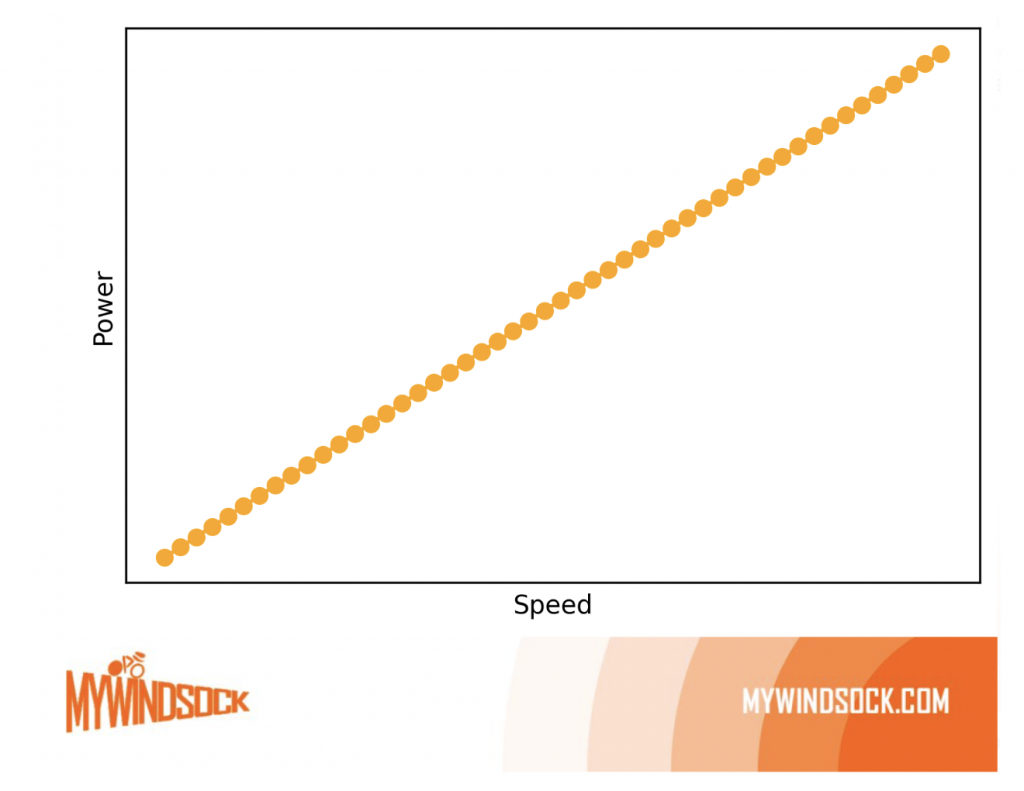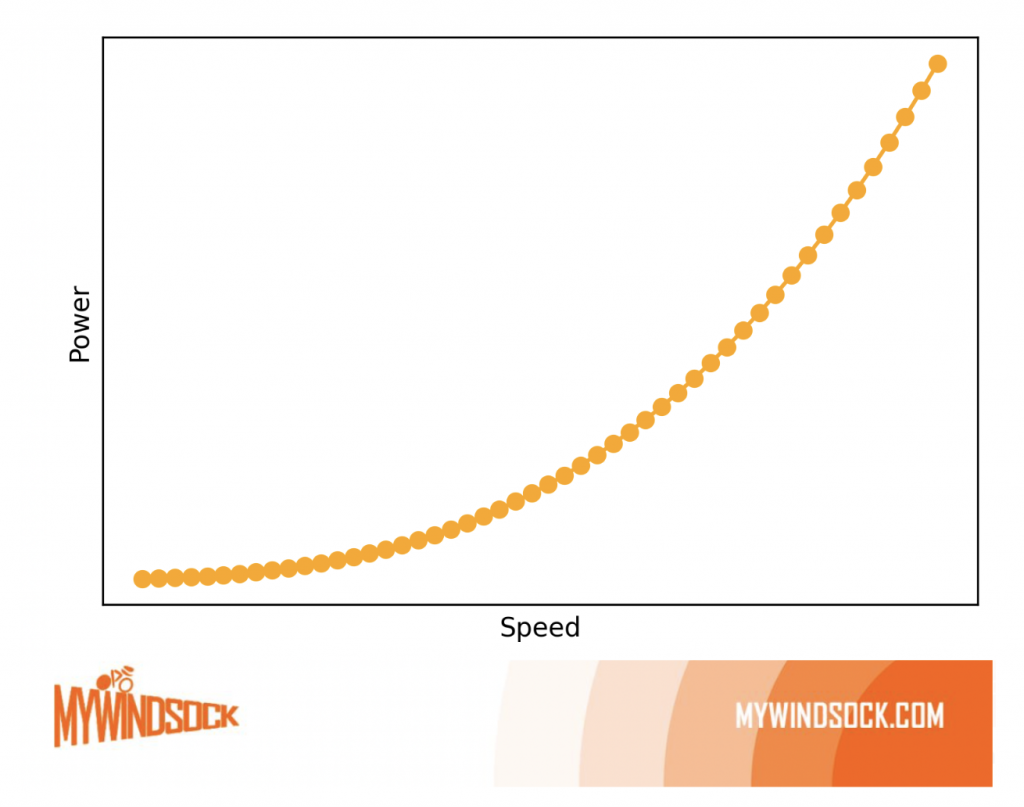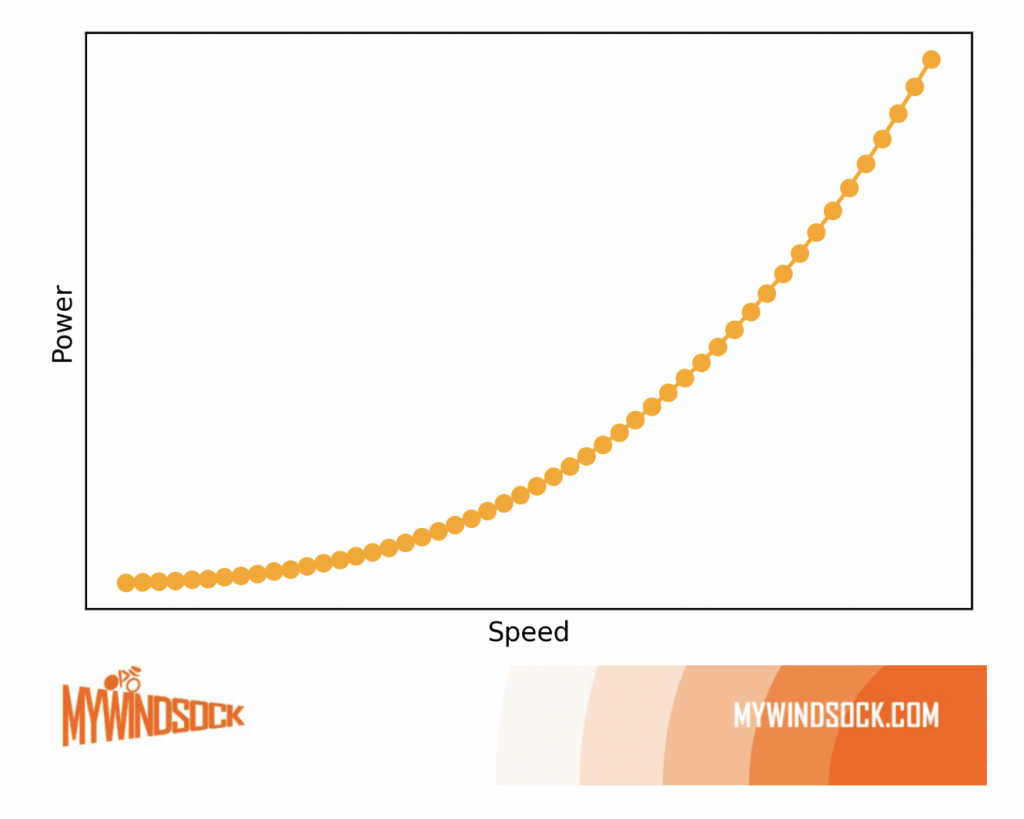It’s cyclocross season. That time of year when we see cross riders grace our screens and the inevitable conversation of why they’re running deep(ish) section wheels, aero helmets and aero socks comes up. The question of “does aerodynamics matter in cyclocross” comes up a lot but the answer is more complicated than you might think. Basically, it’s yes but not at the expense of other things.
Cycling fast is always the same thing, ultimately it comes down to minimising the things slowing you down. The difference between CX and time trialing is there’s a lot more trying to slow you down on a cyclocross course which makes the distribution of speeds experienced in a CX race relatively wide.
A very simple example
Physics becomes extremely complicated any time that something remotely interesting starts to happen – let alone sliding around in mud, jumping over hurdles and all the other things they do so let’s just imagine that (rare) moment in a cyclocross race when they’re moving along a flat section of the course at a constant speed…

We can re-write this in terms of power by doing a little physics and a little bit of algebra which tells us the power needed to ride at a given speed for some rolling resistance, weight, air density and such.

The key thing to look at here are the speed related terms, we have one which is linear (ie, just speed) and another which is speed cubed. This means at high speeds, the term containing speed cubed (without rolling resistance included is much larger. What this means in practice is that air resistance becomes more important the faster we are going. If we split the terms up and plot power needed with speed we can see this…



So far we have used maths to show us something most of us already know. Aerodynamics becomes more important at higher speeds but does this matter in a cross race? Cyclocross average speeds are highly variable and the likelihood is optimal equipment choice will depend quite heavily on the race. myWindsock in this instant is not going to perfectly predict your cyclocross performance. A (reasonable for road racing and time trials) assumption that we make is that rolling resistance stays static but in cyclocross this assumption goes out the window completely. It’s so variable that predicting it would be pointless but that doesn’t make myWindsock useless in this scenario.
Many cyclocross courses are in open fields, which makes our wind forecasting particularly reliable with fewer buildings in the way to mess up predictions. This means you’ll have a windspeed prediction if you can get close to estimating your own average ground speed. This means you can make better wheel selections as well as decide whether or not to wear aero socks – something I recently found was quite controversial at cyclocross.
myWindsock can be a powerful tool in its own right, especially on the road. It really comes into its own when it’s paired with a good understanding of physics. If you want to have a go at optimising your preparation for your next race, sign up to myWindsock here.




 UK Time Trial Events
UK Time Trial Events